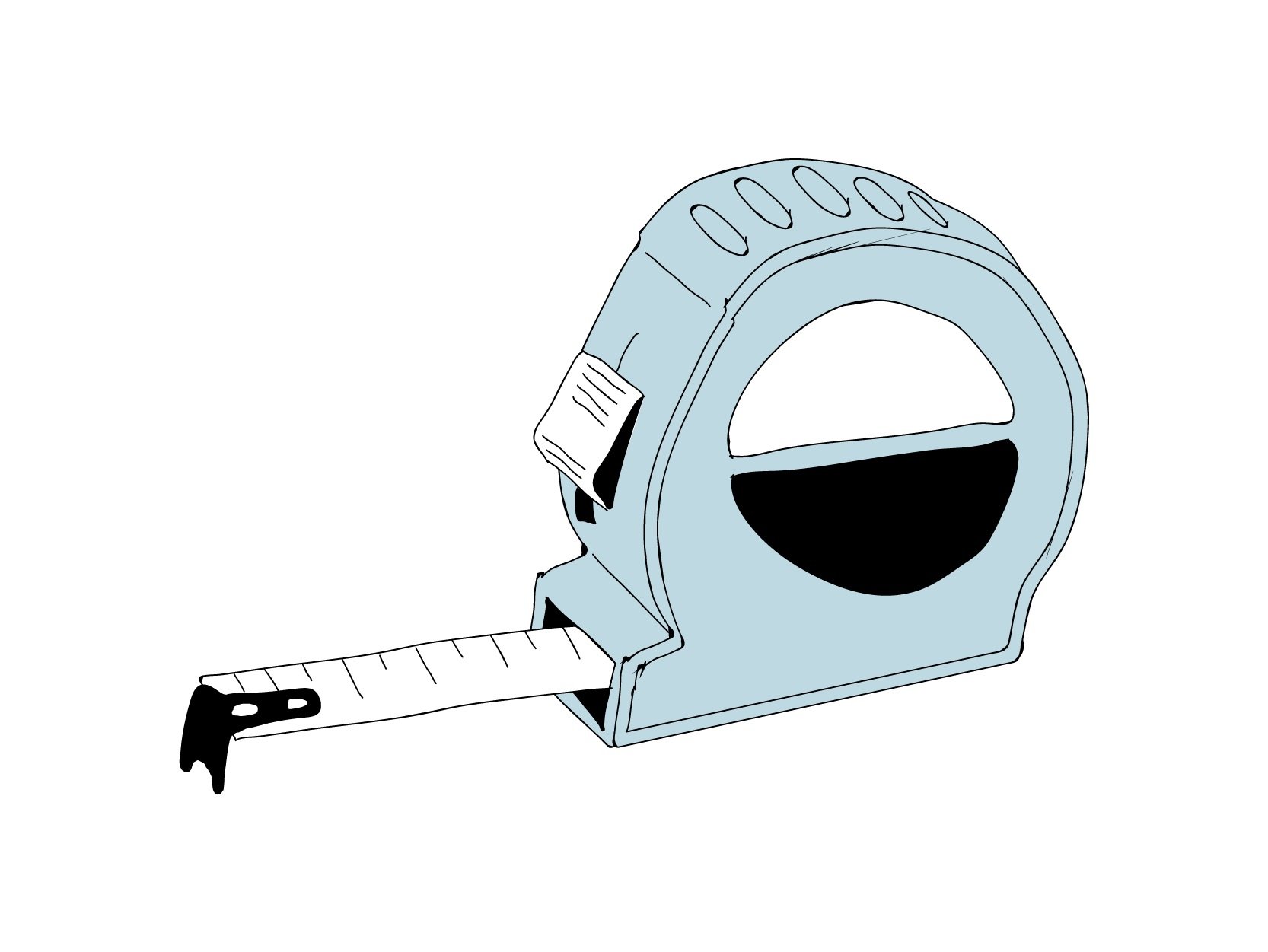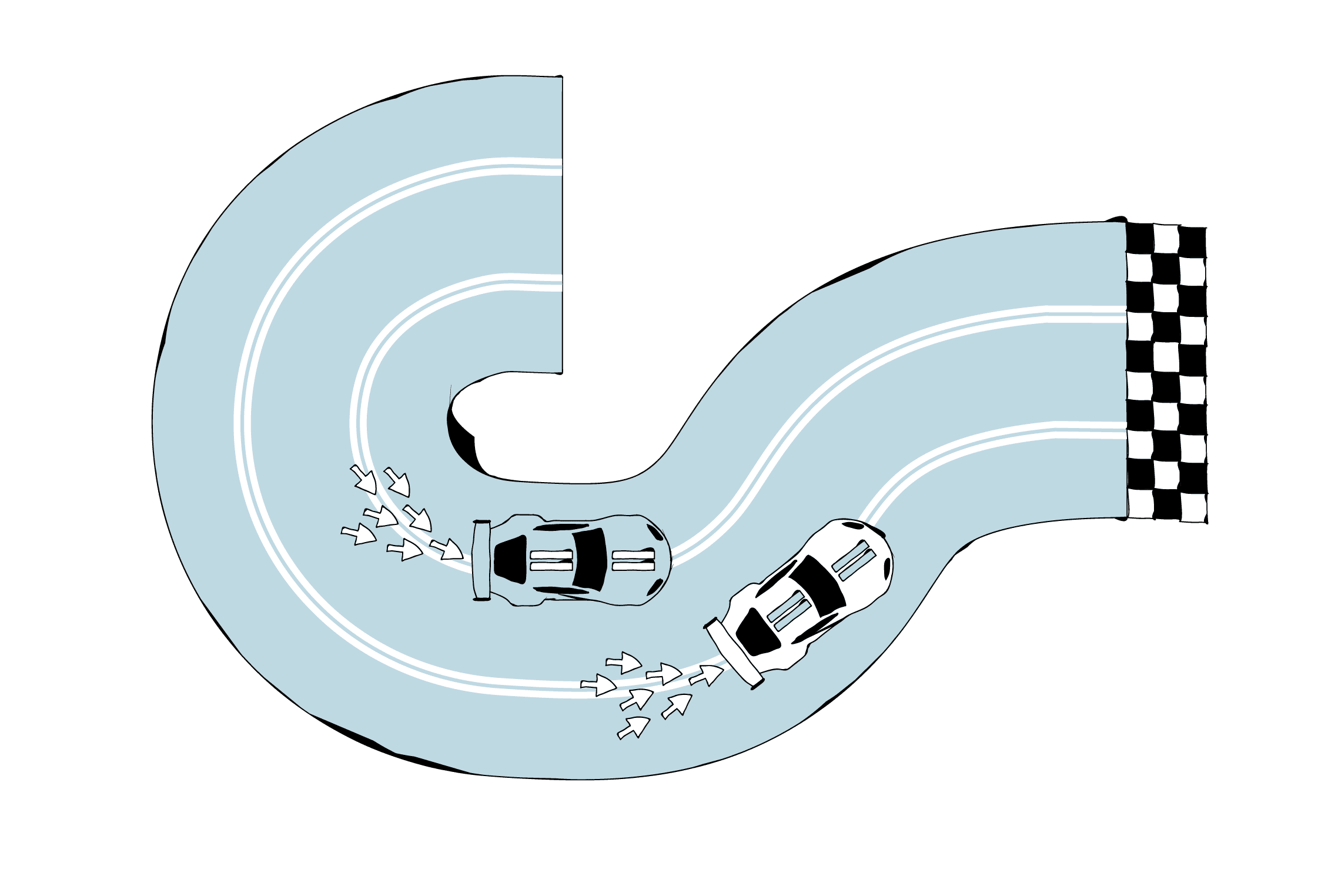Library > Churn prediction
Churn prediction
Written By Alexandra Flygare
Acquiring customers is only half of the battle – you also need to learn how to retain them.
Maintaining a steady stream of loyal customers would be easy in an ideal world, but the truth is B2B churn averages at 28%, varying by industry.
But what if you could predict customer departures before they even happen? This is the thesis of churn prediction—a strategy for understanding and mitigating your businesses churn rate.
In the B2B world, churn refers to the loss or discontinuation of business partnerships, contracts, or subscriptions. Predicting churn in the B2B space involves analyzing various factors such as contract renewal rates, customer satisfaction, usage patterns, and changes in business circumstances.
Your churn doesn't just measure loss; it unlocks crucial insights into customer loyalty and business health—here's why understanding it is essential.
What is churn prediction?
Churn prediction is the process of detecting which customers are likely to cut ties with your service or product before they actually do.
It uses a mix of historical data, behavioral analytics, and advanced algorithms to signal warning flags. Why wait to react to customer departures when you can proactively address them beforehand?
Why Churn Prediction is a Must-Have in Your B2B Toolkit
Churn prediction offers the incredible advantage of cost efficiency. It’s well-documented that acquiring a new customer can be up to 25 times more expensive than retaining an existing one. By focusing on reducing churn, you not only save money but also optimize your marketing budget more effectively.
The predictive insights provided by churn prediction give you a glimpse into the future through data. This capability enables you to understand patterns and trends in customer behavior, helping you to not just react but plan strategic moves that cater directly to the needs and potential frustrations of your clients.
Equipped with information about who is likely to leave, you can customize your interactions to increase engagement. Personalized communications that address customers' specific needs and concerns can make them feel valued and more likely to stay. This enhances the overall customer experience, boosting customer satisfaction and building a stronger connection between your brand and its clients.
Churn rate formula
Before delving into why your customers churn, you’re going to want to know what churn looks like for your company.
Churn rate is calculated by dividing the number of customers who churned during a given period by the total number of customers at the beginning of that period. The resulting figure is typically expressed as a percentage.
Churn Rate = (Number of customers who churned / Total number of customers) x 100
So lets say you’ve got 300 customers, of which 60 have churned. You’re math would look like this:
Churn Rate = ( 60 / 300 ) x 100 = 20% Churn Rate
How to build a churn prediction model
Building a churn prediction model can be complex, but lets break it down into simple, actionable steps:
Collect Data: Gather data that includes comprehensive information about your customers' behavior. This might include purchase history, customer service interactions, product usage data, and demographic information. The more data you have, the better your model can learn from it.
Prepare Your Data: Clean your data by removing duplicates, handling missing values, and correcting inconsistencies. This step ensures that the data fed into your model is accurate and reliable.
Choose Features: Identify which pieces of data (features) are likely to influence a customer’s likelihood to churn. Common features include frequency of use, duration of engagement, monetary value of transactions, and customer feedback scores.
Split the Data: Divide your data into two sets: a training set and a testing set. The training set is used to build the model, while the testing set is used to evaluate its performance.
Select a Model: Choose a predictive modeling technique. Logistic regression, decision trees, and random forests are popular choices for churn prediction because they provide understandable results and can handle a variety of data types.
Train the Model: Use the training data to train your chosen model. During this phase, the model learns the relationship between the features and whether or not the customers churned.
Evaluate the Model: Test the model using your testing set to assess its performance. Key metrics to look at include accuracy, precision, recall, and the AUC-ROC curve. This step helps you understand how well your model predicts churn.
Refine the Model: Based on the evaluation, you might need to go back and tweak the features, adjust the model parameters, or choose a different modeling technique to improve performance.
Deploy the Model: Once satisfied with the model’s performance, deploy it into your business environment where it can start predicting churn in real-time or on new customer data.
Monitor and Update: Last but not least, regularly monitor the model’s performance over time, and refresh it with new data and insights to keep it relevant and accurate as customer behaviors and business conditions change.
How to implement churn prediction in your business
Start with gathering all relevant customer data. This includes interaction logs, transaction history, feedback, and even social media sentiments. The goal is to have a 360-degree view of your customer interactions.
Utilize analytical tools that can handle large datasets and complex algorithms. Machine learning models are particularly adept at recognizing patterns and predicting outcomes from vast amounts of data.
Once you have your predictions, it’s time to act. Develop intervention strategies for customers at high risk of churn. Whether it’s through special offers, direct outreach, or product improvements, make sure your response is swift and targeted.
Churn prediction is not a set-it-and-forget-it tool. Regularly update your models and strategies based on new data and outcomes. This continuous cycle of learning and adapting is crucial for staying relevant and effective in your retention efforts.
Conclusion
Churn prediction is more than just a defensive strategy; it's a proactive measure that empowers B2B marketers to foster stronger relationships and build a loyal customer base. By anticipating and addressing the reasons why customers might leave, you can not only prevent churn but also enhance the overall customer journey—turning satisfied customers into true advocates for your brand.
Ready to incorporate churn prediction into your strategic toolkit? Embrace this analytical approach and watch your customer retention rates—and your business—soar.


